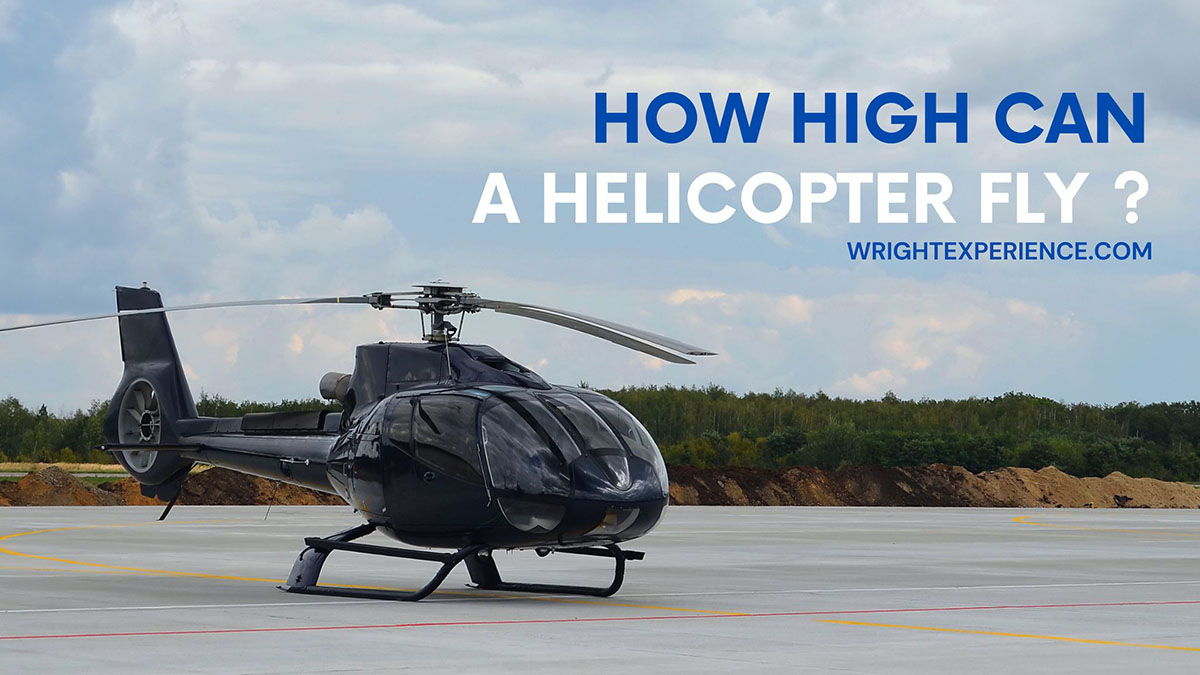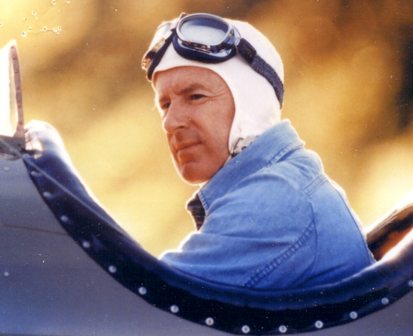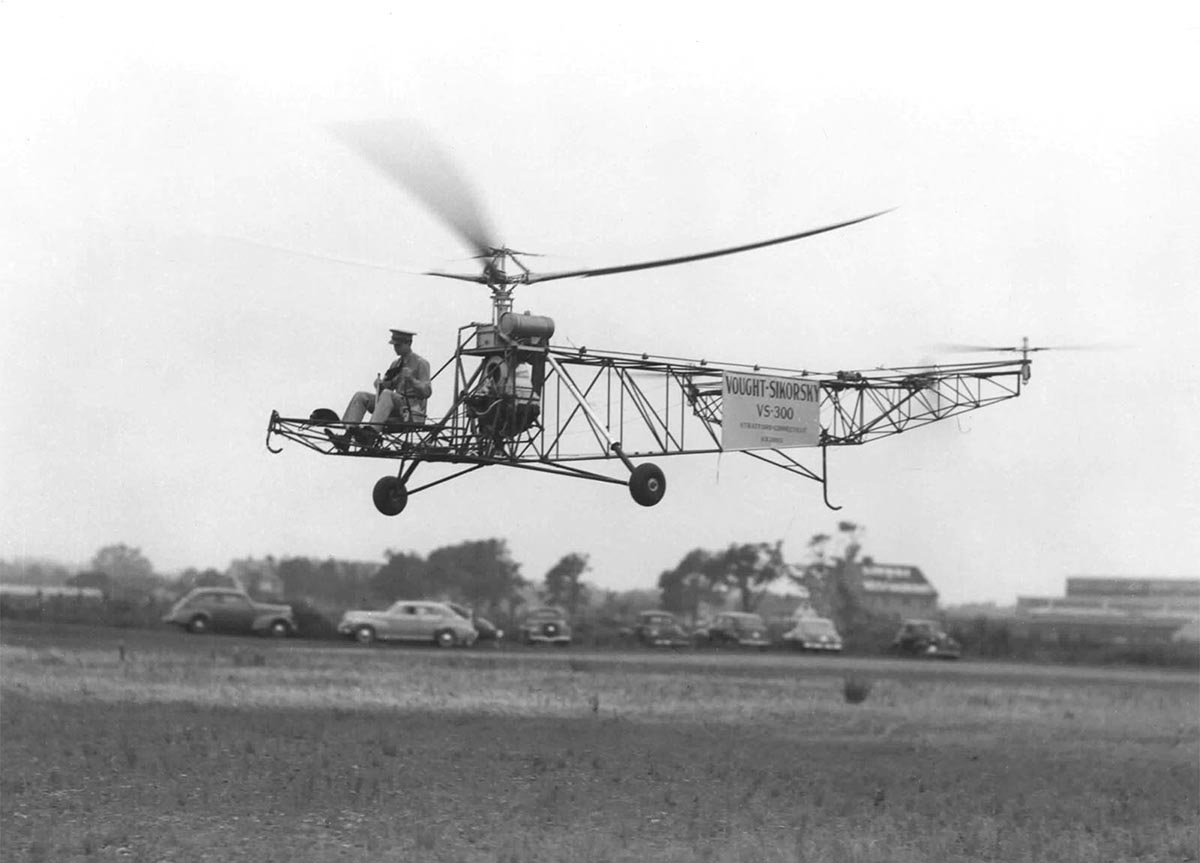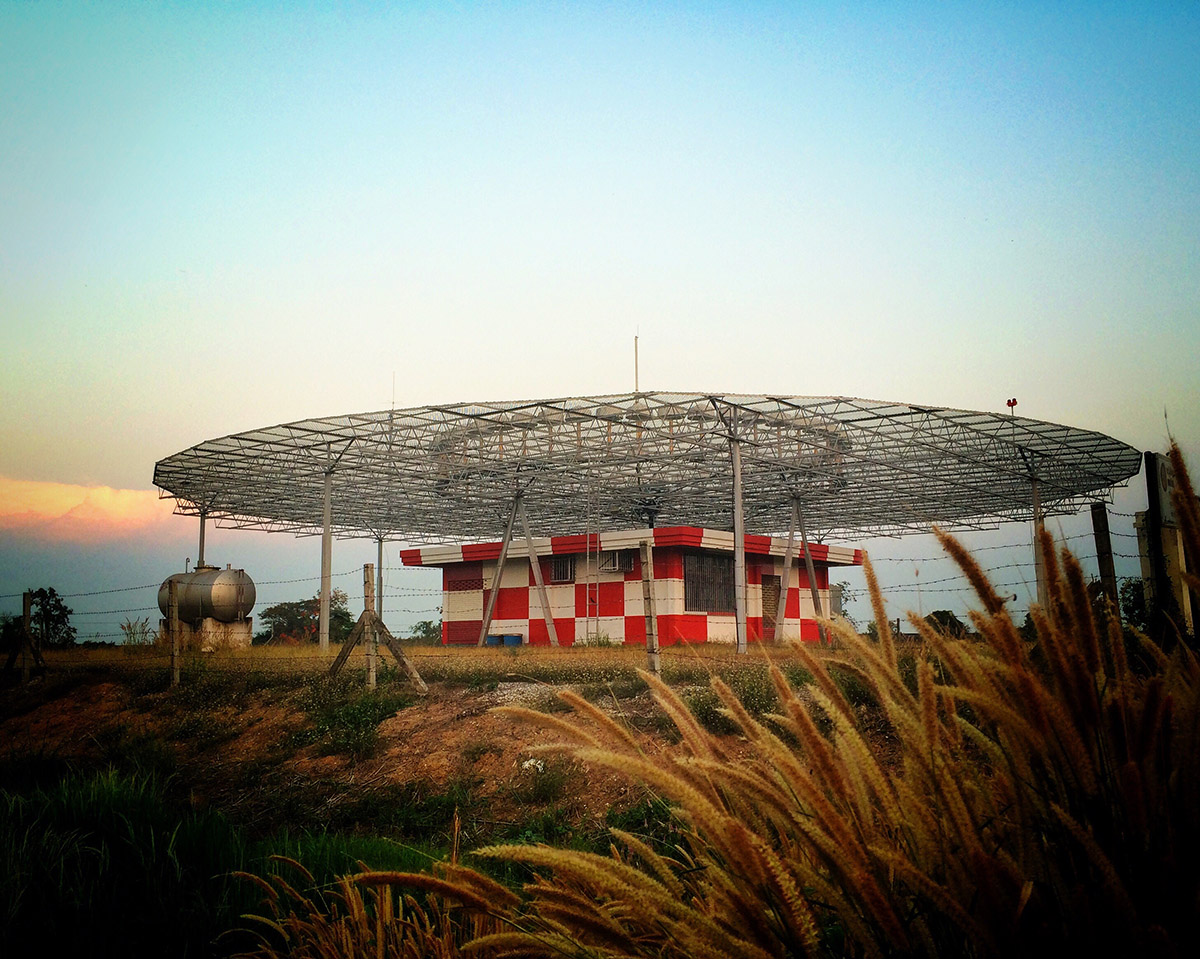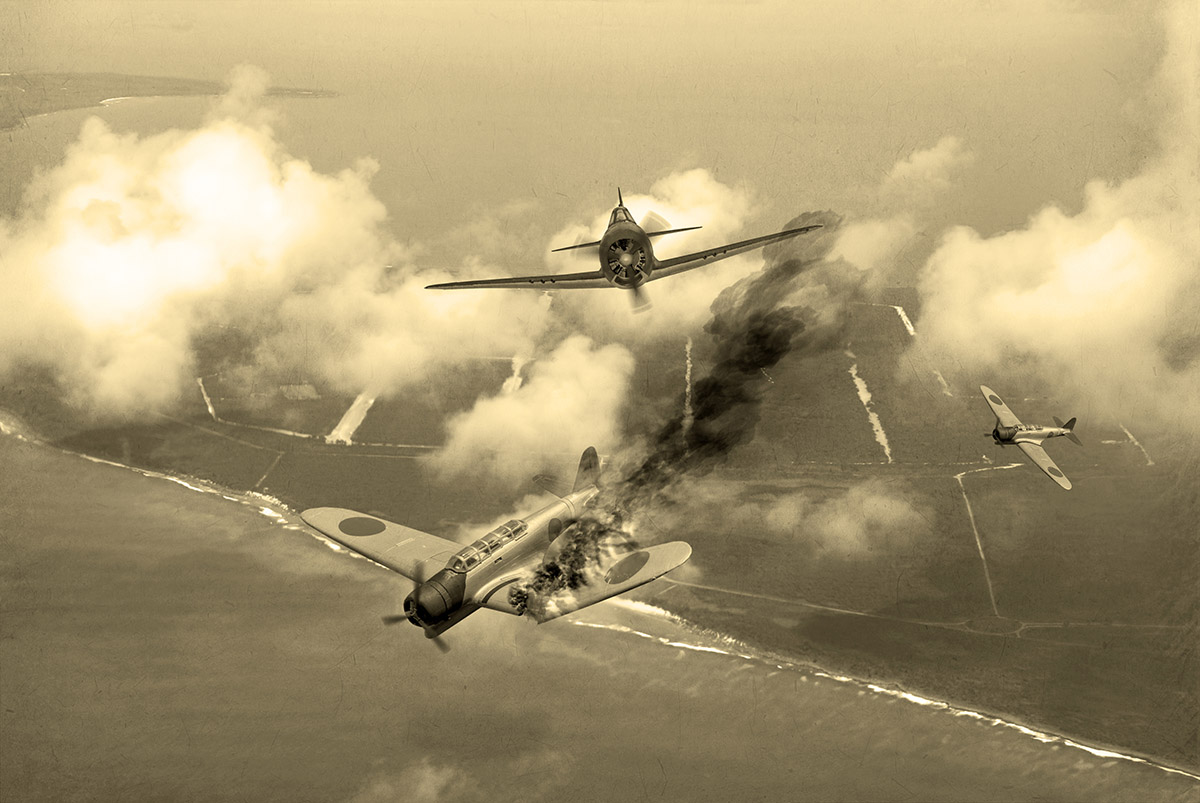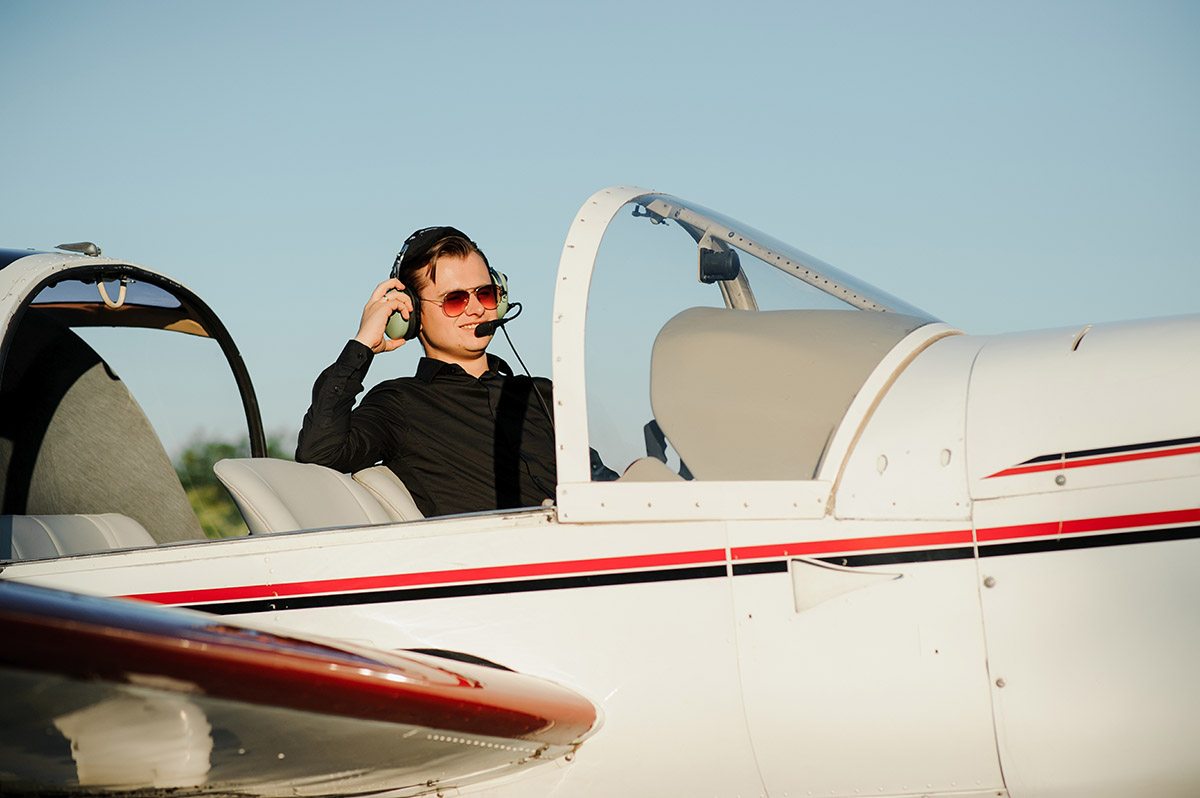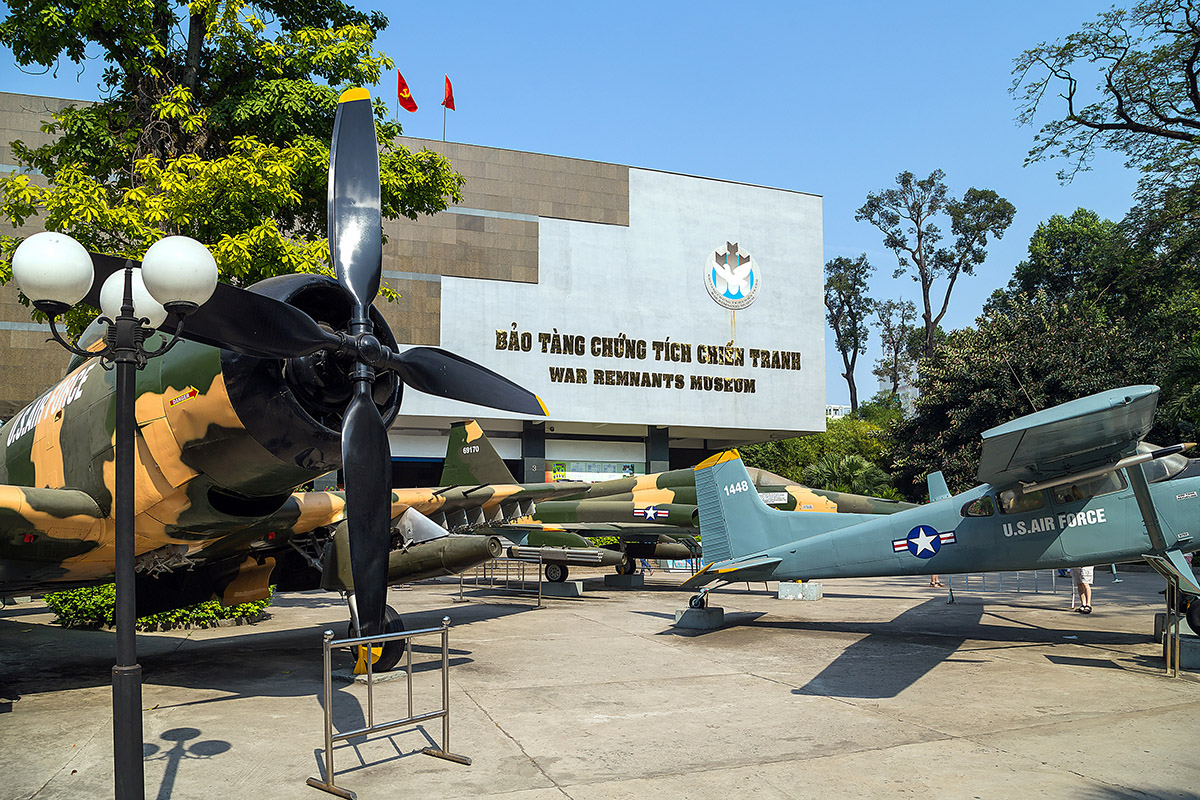As one of the most versatile aircraft classes, helicopters rely on powerful rotors to hover in the air for hours while flying backward, forwards, up and down, and even sideways!
Nevertheless, their performance might not remain as impressive once they reach a certain height, raising concern over how high helicopters fly. Our researchers and consultants from The Wright Experience have conducted various experiments to address this question, and the results are presented as follows!
In this article:
How High Can A Helicopter Fly?
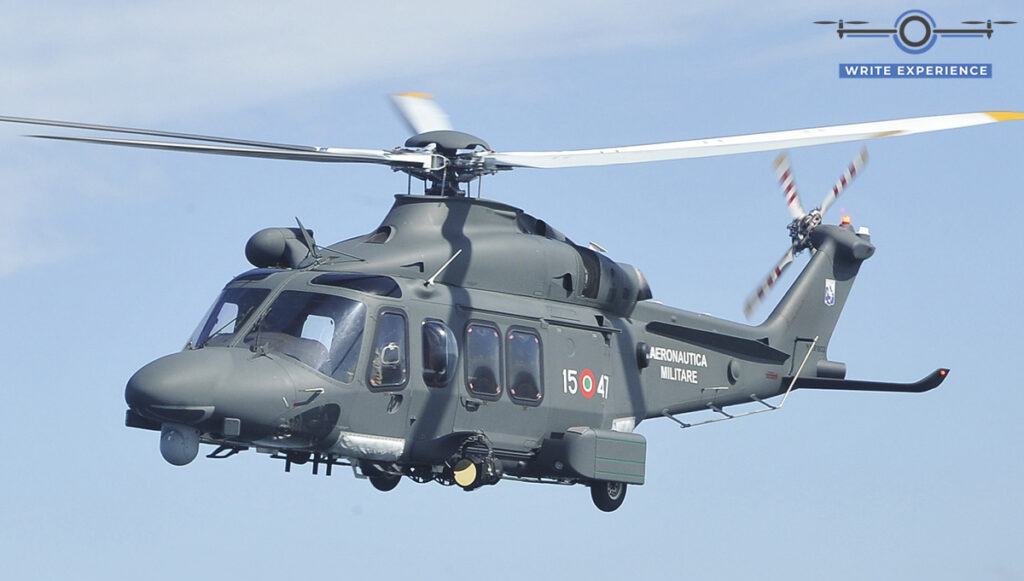
While some turbine-powered helicopters can reach as high as 25,000 feet, most cruise and hover at heights between 10,000 and 10,400 feet (for high-performance models). The maximum altitude of helicopters is not quite practical due to the following reasons:
Environmental Considerations
The higher the altitude, the fewer gas molecules in the air, making the air thinner and decreasing its pressure. This issue is even more severe in hotter or more humid environments.
Therefore, hot air expansion must not be taken lightly if you often fly in tropical areas with “hot and high” conditions. The engine/rotor has much less access to air molecules now since they have moved further apart during the expansion, making it more difficult for the helicopter to generate power and create lift.
Likewise, when the air is humid, the proportion of water vapor molecules also increases, which leaves very few oxygen and nitrogen molecules available to interact with the rotor blades. That explains why helicopters might not fly as high in wet environments (e.g., Amazon forests) as in other regions.
Practical Issues
There is more to helicopter flights than air density; real-life operations involve hoverings, takeoffs, landings, etc., posing more challenges the higher you fly due to the increased power demands.
And do not forget that some helicopters are not even equipped with oxygen systems like most airliners. Due to the lack of pressurization at extreme heights, operating your helicopter under those conditions can be demanding, if not downright impossible.
On the contrary, hovering within the “ground effects” (preferably around 1 to 1.5 rotor lengths above the ground) lifts off some burden for any less experienced pilot. Specifically, they form an air cushion near the ground to enhance aerodynamics and allow easier lifts with considerably less power.
Other Influencing Factors
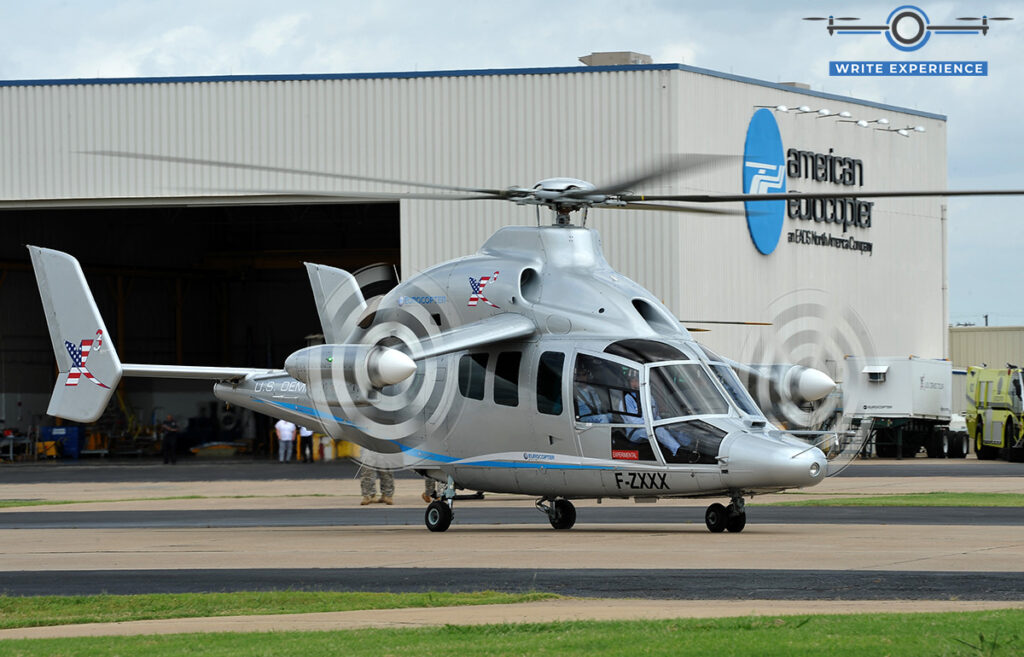
Several other factors also come into play when determining the maximum altitude a helicopter can reach.
- Helicopter Type: Some models are specifically built for high-altitude operations (e.g., combat/military helicopters), while other civilian helicopters work better at low altitudes.
- Engine Power: As mentioned, the air thins at higher altitudes, making it much harder for the helicopter rotors to create and maintain lift. To counteract this issue and avoid climbing struggles, you must ensure the helicopter engine generates more power than average.
- Weight: The overall carried weight, including fuel, cargo, and passengers, also influences the helicopter’s ascent capabilities. The heavier it is, the more power is required.
So How High Does A Helicopter Fly During Actual Practice?
An average helicopter usually operates at around 10,000 to 10,400 feet of altitude to guarantee the best maneuverability conditions.
For some pilots, 10,000 feet is even considered the maximum limit. Any number beyond that leads to potential drags that reduce both the climbing performances and forward speed, severely affecting the helicopter’s stability in the long run.
Can Helicopters Fly Above The Clouds?
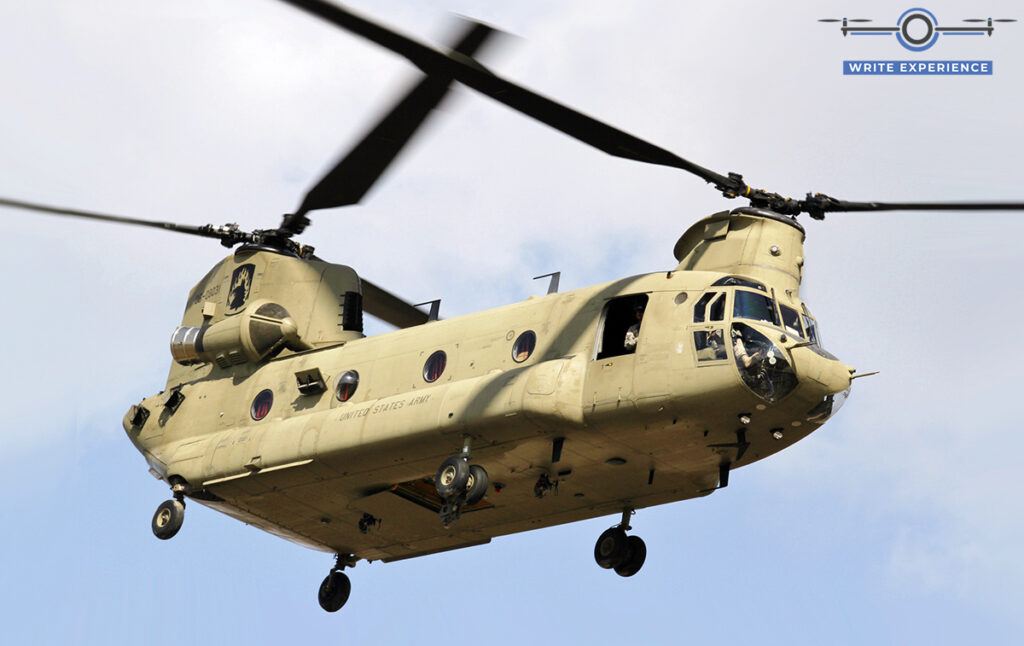
Yes, it is possible. In most cases, low-lying clouds such as stratocumulus, stratus, and cumulus clouds form at around 6,000 feet in the sky. Since helicopters are expected to operate at about 10,000 feet (as mentioned earlier), they can easily navigate these clouds and even pass through some middle clouds between 6,500 and 13,000 feet.
Nevertheless, the weather can be quite unpredictable at higher altitudes, and clouds dissipate as quickly as they form. Therefore, if you are flying in unfamiliar airspaces, we suggest avoiding dense clouds altogether for safety.
Can Helicopters Fly To The Top Of Mountain Everest?
Yes. The French pilot Didier Delsalle became the first to land a helicopter on the Everest mountain peaks in May 2005. A few other landings have also been recorded after Delsalle’s achievements, both on the summit and at the lower camps of the mountain.
Note that flying to Everest is certainly not an easy feat. Everest is the highest mountain in the world, with a summit elevation of approximately 29,031 feet (or 8,848 meters). At that altitude, the air is extremely thin, with only about 30% oxygen left compared to sea level!
And that’s not to mention the extreme weather conditions around Everest, including strong winds, snowstorms, and sudden temperature changes. Therefore, if you want to follow in Delsalle’s footsteps, careful planning and execution are absolutely necessary.
What Are Some Altitude Records for Helicopters?
- Highest Helicopter Flight: On August 23, 2002, French helicopter pilot Frédéric North set a new world record for the highest altitude flight, reaching 42,500 feet (or 12,954 meters) in an AS350B2 helicopter over Marignane, France. He broke the previous record set by Jean Boulet in 1972 (40,820 feet), which had remained unbeaten for 31 years.
- Highest Altitude Landing: As discussed earlier, French pilot Didier Delsalle successfully landed his helicopter at the summit of Mount Everest – the world’s highest mountain – on May 14, 2005. He touched down on the 29,031-foot (8,848-meter) peak in a Eurocopter AS350B3 model.
How Low Can A Helicopter Fly?
Helicopters can fly 3-4 feet above the ground when necessary, and from what we have observed so far, there are no specific legal minimum limits for helicopter altitudes.
As far as our research indicates, other aircraft types must maintain at least a 1,000-foot attitude above obstacles, but this rule rarely applies to helicopters since emergency landings are extremely necessary for the latter. Many law enforcement and medical agencies have adopted this regulation for decades.
On another note, flying at such low altitudes offers passengers amazing sightseeing opportunities. Thus, aside from their designated purposes, helicopters are also favored in scenic flights over historic cities, iconic landmarks, aerial views of football stadiums, etc.
Conclusion
A helicopter model can reach as high as 25,000 feet of altitude in ideal scenarios, with several of the highest-flying helicopters in history setting records at more than 40,000 feet!
However, as most regular models are usually not equipped for such extreme altitudes, 10,000 feet has become the norm. You should also factor in its total weight, engine performance, and cruising speed to estimate the best flight attitude for your helicopter under different circumstances.
See more: How Fast Do Helicopters Fly?

